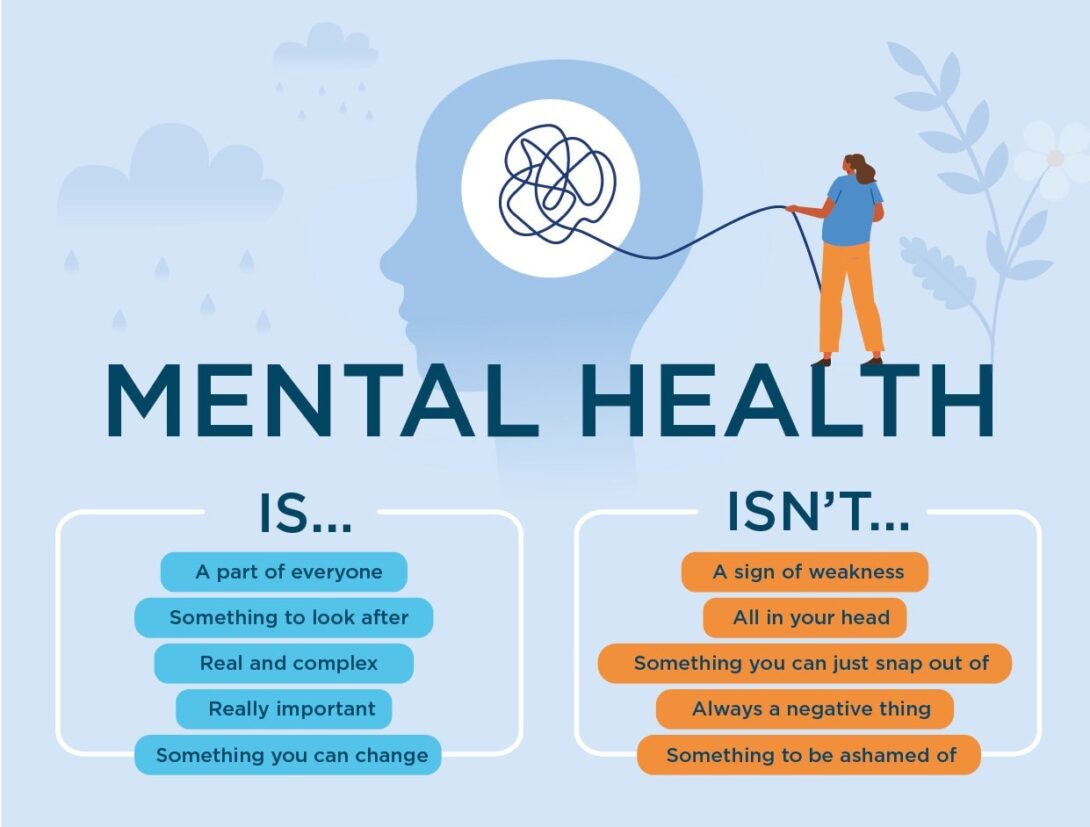A Mental Health Technician (MHT) helps people with mental health conditions, emotional issues, or disabilities. They support doctors, nurses, and therapists in hospitals or care centers. Their job is to keep patients safe, calm, and cared for.
Want a job that truly makes a difference? Love helping others and staying calm under pressure? Becoming a certified mental health technician could be the perfect fit for you.
This step-by-step career guide shows how to start your journey. Learn about education, skills, training, and certification. Follow this guide to become a trusted behavioral health technician or psychiatric aide.
What Is a Mental Health Technician?

A Mental Health Technician (MHT) is a trained healthcare worker who helps people with mental illnesses, emotional disorders, or developmental disabilities. They support patients by assisting with daily care, monitoring behavior, and reporting changes to medical staff. Most MHTs work in psychiatric hospitals, rehab centers, or residential treatment facilities. Their role is essential in maintaining a safe and supportive healing environment for individuals in crisis.
Common Job Titles and Work Settings
- Psychiatric Technician – works in psychiatric wards or mental health hospitals
- Behavioral Health Technician – found in addiction treatment centers and rehab facilities
- Mental Health Associate – often works in outpatient clinics or community health centers
- Psychiatric Aide – provides daily care in long-term care homes or residential units
- Crisis Intervention Specialist – employed in emergency rooms or crisis stabilization units
Role in the Mental Healthcare Team
- Supports nurses, psychiatrists, and therapists with patient care
- Monitors vital signs, medication intake, and patient behavior
- Reports behavioral changes or emergencies to the clinical team
Leads or assists in group therapy, rehab activities, or daily living tasks - Ensures a safe, clean, and stable environment for healing
What Does a Mental Health Technician Do?
A Mental Health Technician (MHT) provides hands-on care to patients with mental health disorders, emotional challenges, or behavioral issues. They assist with daily tasks like bathing, eating, and taking medications. MHTs also observe patients closely, document behavior changes, and report concerns to doctors or nurses.
In many facilities, they help run therapy sessions, lead recreational activities, and de-escalate crises when needed. Their work is vital in keeping patients safe, stable, and supported. MHTs often work in psychiatric hospitals, rehab centers, or community care settings. This role requires compassion, patience, and strong communication skills.
Education Requirements to Become an MHT
To become a Mental Health Technician, the minimum requirement is a high school diploma or GED. Some employers prefer candidates with a certificate, associate degree, or coursework in psychology, nursing, or human services. Taking classes in mental health, medical terminology, or behavioral science can give you a strong start. Higher education can also boost your chances of landing competitive entry-level positions.
Skills You Need as a Mental Health Technician

A successful Mental Health Technician (MHT) needs a mix of technical knowledge and strong interpersonal abilities. You’ll be working with patients in crisis, so being prepared both mentally and practically is key. From tracking vital signs to calming emotional outbursts, your hard and soft skills must work together. Employers often look for candidates who can handle medical tasks while building trust and communication with patients.
Essential Hard Skills
- Taking and monitoring vital signs accurately in clinical settings
- Administering medications under supervision and following protocols
- Using electronic health record (EHR) systems to update patient information
- Understanding basic medical terminology and mental health conditions
- Following safety procedures in psychiatric or crisis situations
Vital Soft Skills for Patient Interaction
- Empathy and compassion to support patients emotionally
- Active listening to understand patient needs and concerns
- Patience and stress management in high-pressure environments
- Clear communication skills for working with patients and healthcare teams
- Cultural sensitivity and respect for diverse backgrounds and beliefs
- Good judgment and confidentiality when handling sensitive patient information
Must Read: The 4 Dimensions of Health: Unlock the Secrets to Total Wellness Today
How to Gain Hands-On Experience
Getting real-world experience is key to becoming a confident Mental Health Technician. You can start by volunteering at hospitals, mental health clinics, or rehab centers. Entry-level jobs like patient care assistant or psychiatric aide also help build practical skills. Internships and job shadowing opportunities can give you direct exposure to daily responsibilities in mental health care.
How Long Does It Take to Become a Mental Health Technician?
The time it takes to become a Mental Health Technician (MHT) depends on your education, experience, and the type of job you want. Most people start with a high school diploma or GED, which is the minimum requirement. If you choose to complete a certificate or associate degree in mental health or a related field, it can take anywhere from 12 to 24 months.
Gaining hands-on experience through internships or entry-level roles and completing on-the-job training may take several additional months. In total, you can expect to spend 1 to 3 years preparing for a full-time MHT role, depending on the path you take.
Conclusion
Starting a career as a Mental Health Technician (MHT) is a great way to make a real difference in people’s lives. With the right mix of education, skills, and practical experience, you can build a rewarding future in mental health care. Whether you begin with a high school diploma or pursue advanced training, there’s a path for everyone.

